Maori Hei Tiki
Hei Tiki: A Symbol of Māori Culture, Spirituality, and Craftsmanship
The hei tiki is a highly prized ornament worn by both men and women of chiefly rank in Māori society. These unique pendants, traditionally suspended from a flax cord (Phormium tenax), are a stunning representation of Māori art, culture, and spiritual beliefs. With square-plaited flax cords and bird bone toggles, the hei tiki holds significant cultural meaning, not just as a piece of jewelry, but as a link to ancestral lineage and spiritual protection.
Hei Tiki are a collectable form of Oceanic art and vary vastly in quality and value. If you have a hei Tiki and want to know what it is worth please feel free to send me an image and size.
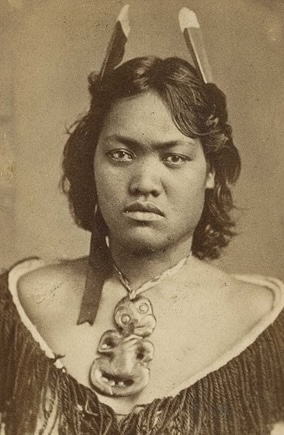
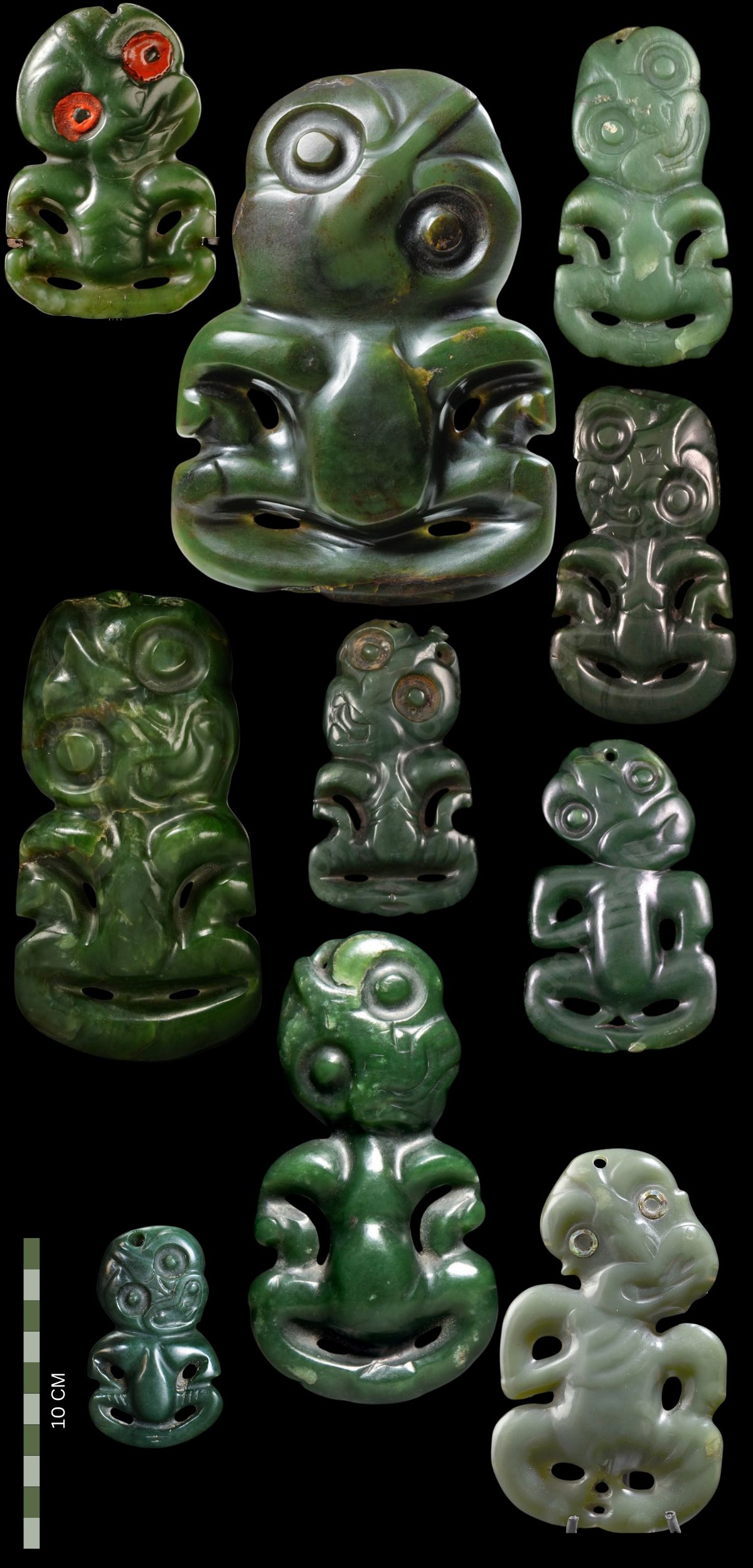
The Structure and Design of Hei Tiki
The hei tiki is typically worn suspended vertically from a flax cord, often threaded through perforations at the top of the tiki’s head. Most hei tiki are carved on only one side, featuring a stylized human figure. The head is exaggerated, with no defined neck, and the chin rests on either shoulder. Hands are placed on the corresponding thighs, and the figure is commonly in a seated or crouched posture. While many hei tiki are gender-neutral, when gender is indicated, it is almost always female.
Over time, minor design variations in hei tiki have emerged, such as a smaller, less stylized oval head with a defined neck and one hand placed on the chest. These differences may reflect regional stylistic preferences. The hei tiki’s unique shape and symbolic elements, such as its exaggerated features, tie back to spiritual meanings connected to fertility, protection, and mana (spiritual power).
Historical Significance and Captain Cook’s Collection
During his 18th-century voyages, Captain James Cook collected several hei tiki, preserving them as valuable examples of Māori artistry. Four of these pieces are known to exist today. These small pendants range in height from 2½ inches (6.5 cm) to 4 inches (10.0 cm), with an average size of about 3½ inches (8.75 cm). Remarkably, three of these hei tiki still have their original braided flax suspension cords, with bird bone toggles.
Originally, these hei tiki featured paua shell (Haliotis) ringlets surrounding the pupils of the eyes, although these shells on Cook’s collection lack incising. This absence of incised decoration raises questions about whether radial incising was a later addition in the 19th century or if it was a regional peculiarity not found in the areas Cook visited.
The Influence of European Demand on Hei Tiki Design
The emergence of larger hei tiki during the 19th century may have been a response to European influence, as there was a growing demand for oversized and more impressive examples of Māori art. These larger hei tiki likely reflect a shift in artistic preference and were possibly created in response to European collectors’ desires for increasingly grandiose pieces.
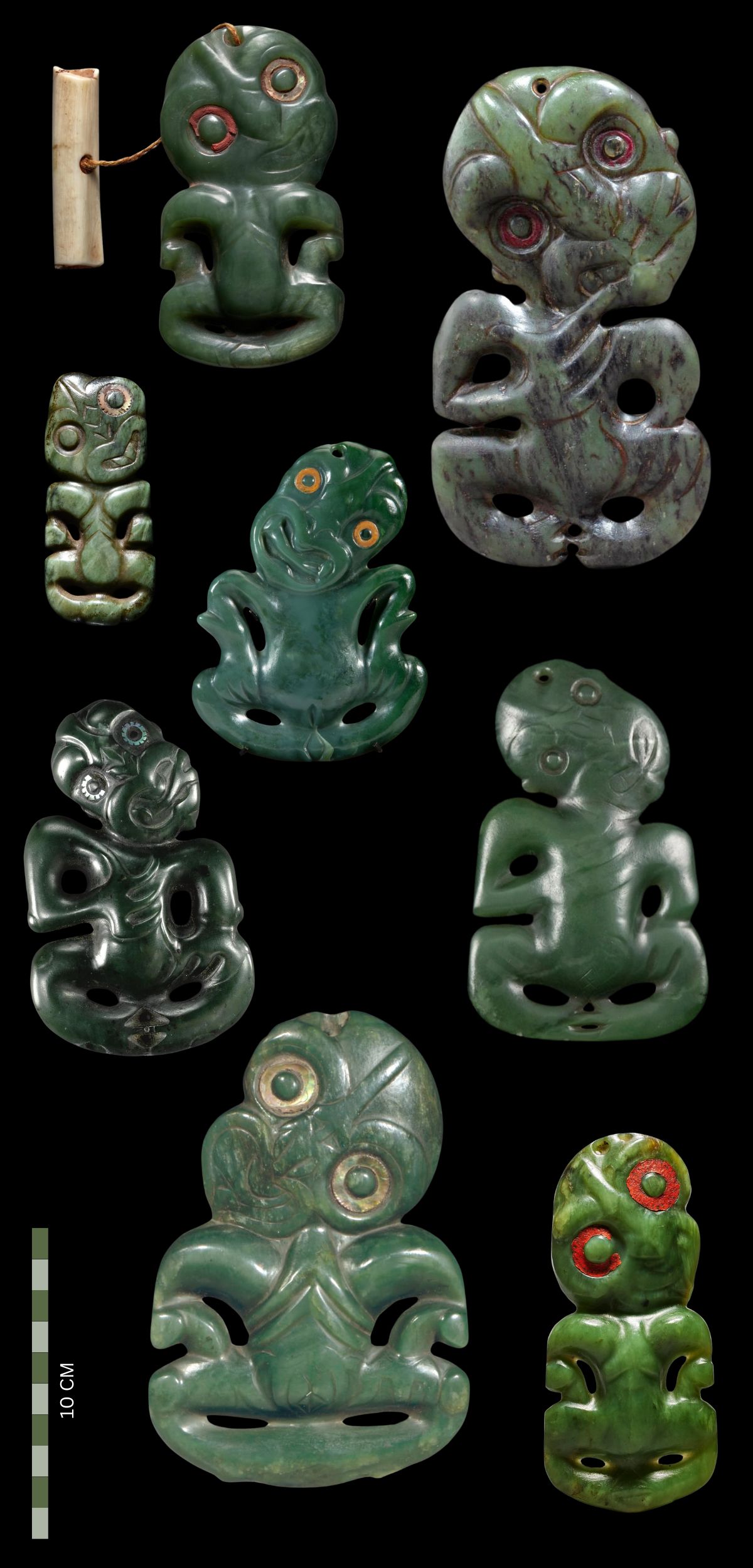
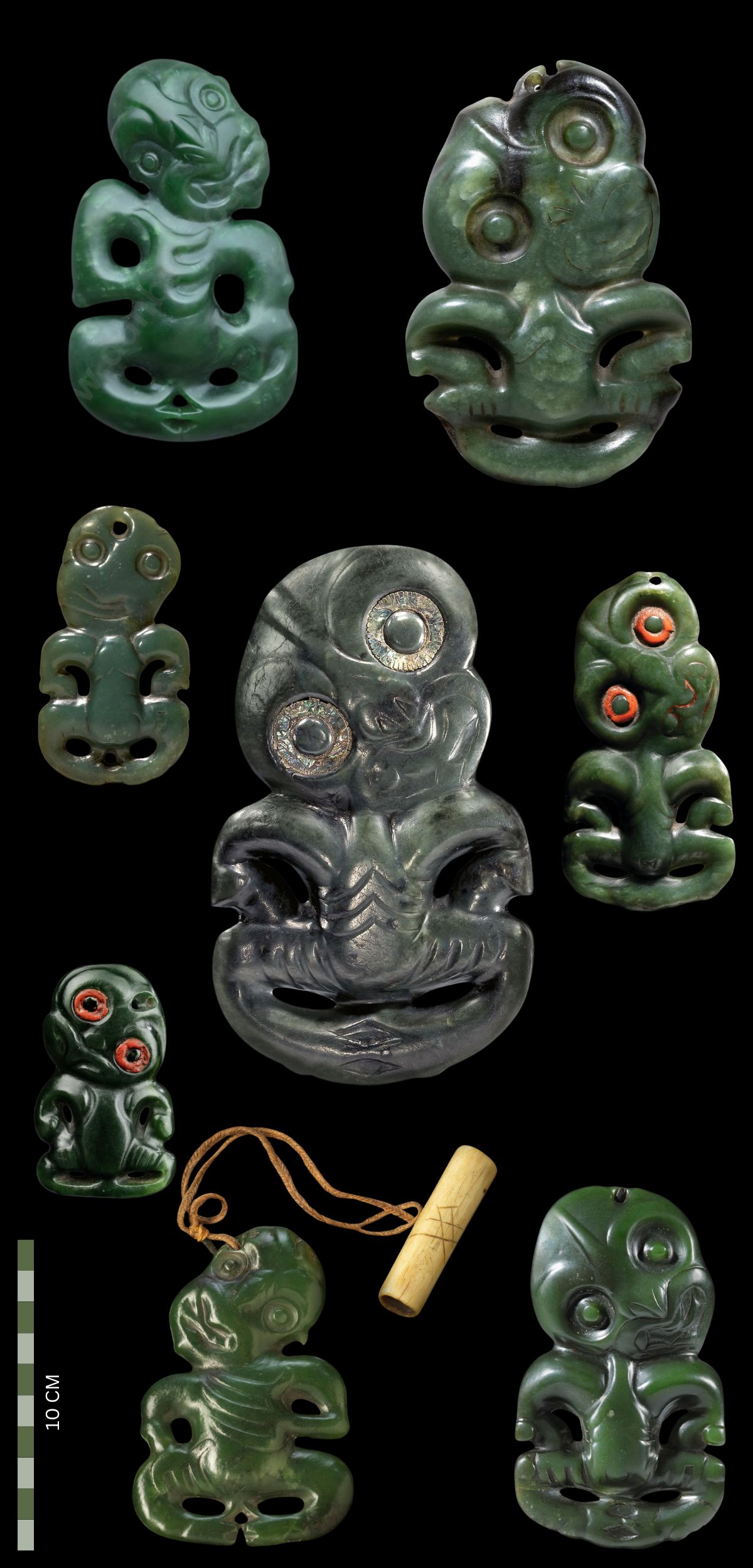
The Materials of Hei Tiki: Pounamu and Bowenite
Traditional hei tiki are most commonly made from pounamu, a type of nephrite jade native to New Zealand, known for its durability and hardness. Pounamu, with a hardness value of 6.5 on the Mohs scale, is significantly harder than iron, which measures less than 6. Nephrite is found exclusively in New Zealand, particularly in two riverbeds on the west coast of the South Island, making it a rare and highly prized material within Māori culture. Pounamu is regarded not just as valuable due to its rarity but also because it is believed to possess mana (spiritual power) and connects the wearer to ancestral spirits.
In addition to pounamu, another softer material called bowenite (also known as takiwai) was occasionally used for making hei tiki. Unlike nephrite, bowenite is softer and easier to carve, which made it a more practical material for working with. Bowenite can be carved quickly using iron tools, unlike the more labor-intensive process required for nephrite. Bowenite is only found at Anita Bay on the west coast of the South Island.
The Labor-Intensive Process of Crafting Hei Tiki
Crafting a hei tiki from nephrite was an arduous process that required immense skill and patience. The Māori did not have access to European lapidary tools before the 20th century, so the hei tiki was made using primitive tools like sandstone saws, files, and the bow drill. The hardness of nephrite made the manufacturing process exceptionally challenging and time-consuming.
Estimates suggest that creating a single hei tiki could take anywhere from 500 to 1,000 hours of work, depending on the size and the carver’s skill level. This means that making a hei tiki could take several months of labor, and a typical size hei tiki might take up to five months to complete if a craftsman worked 40 hours per week. The significant time investment in making each piece highlights the profound value that Māori people placed on these ornaments.
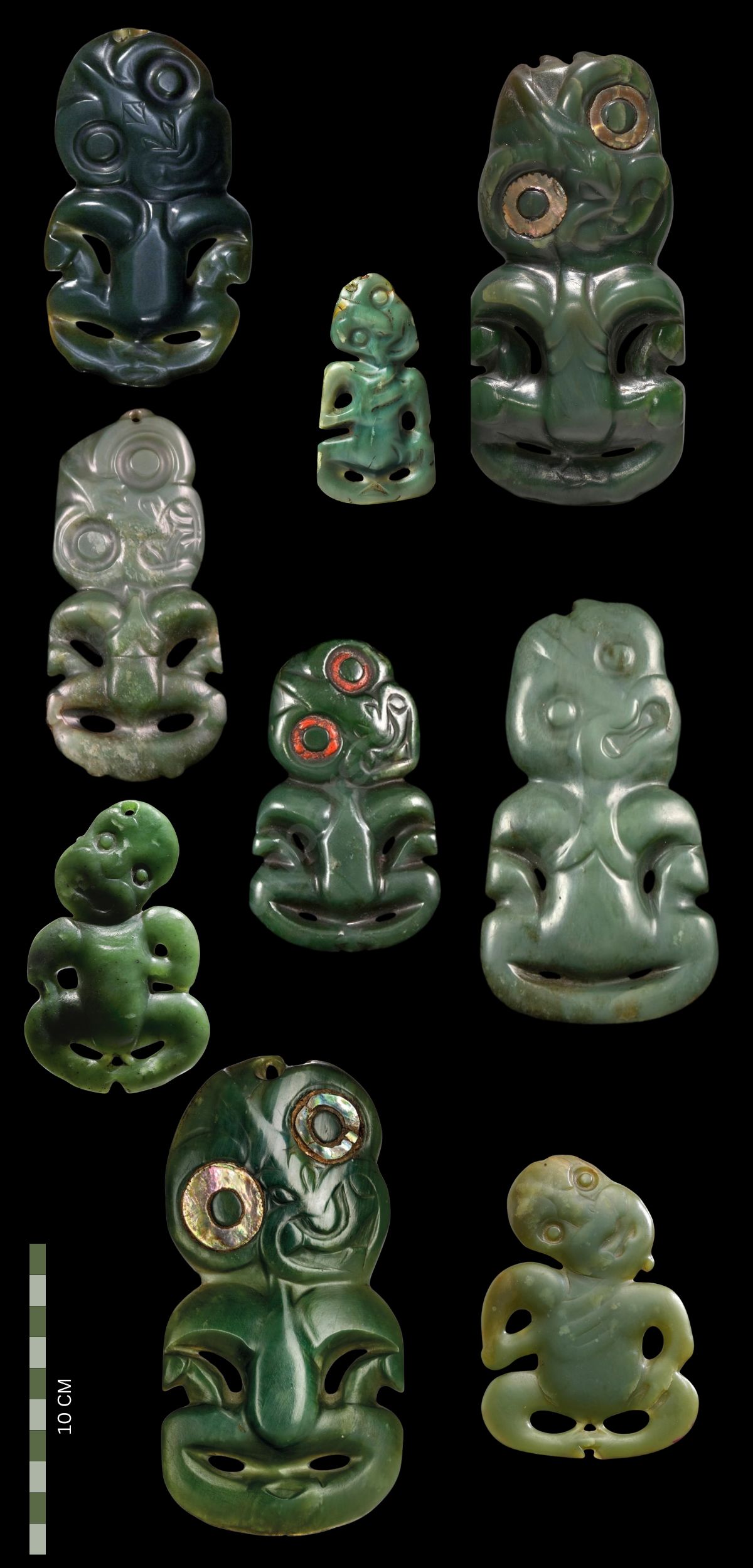
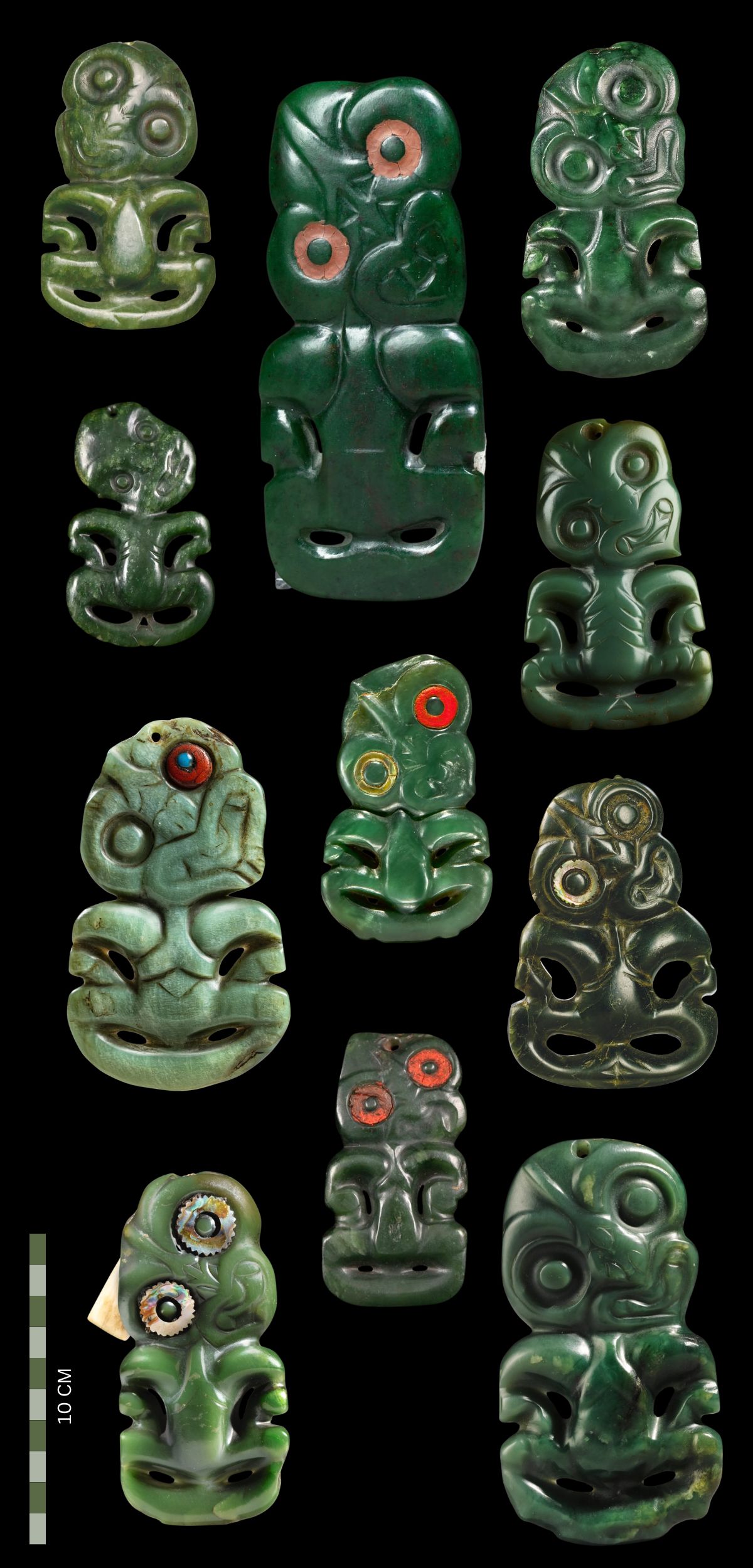
The Cultural and Spiritual Significance of Hei Tiki
Māori culture holds pounamu (greenstone) in the highest regard, considering it not only valuable but also sacred. The hei tiki, crafted from this revered material, is seen as a powerful talisman, linking the wearer to their ancestors and ensuring spiritual protection. Hei tiki were traditionally passed down through generations as heirlooms and are associated with mana, which is the spiritual essence or power that flows from the ancestors to the living.
The effort involved in crafting a hei tiki from nephrite further elevates its significance. The time-consuming process and rare material used to create these pieces added to the reverence in which they were held. In Māori society, hei tiki were not just ornaments but symbols of ancestral lineage, spiritual power, and a deeper connection to the world beyond the physical.
The Evolution of Hei Tiki in the 20th Century
In the 20th century, technological advancements in lapidary tools allowed for more efficient production of hei tiki. Mechanized tools enabled faster carving and the production of smaller, more uniform pieces with smoother, glass-like surfaces. These 20th-century hei tiki are distinguishable from traditional ones by their uniformity and thinness, as well as their polished appearance, which is a result of machine-based polishing techniques.
In contrast, traditional hei tiki bear the distinctive marks of manual labor. The surfaces are generally more textured due to the primitive tools used in their crafting, which makes them instantly recognizable as traditional, hand-crafted pieces.
Hei Tiki Today: A Cultural Icon
Today, the hei tiki remains an iconic symbol of Māori culture and identity. These pendants continue to be highly regarded for their artistic craftsmanship and deep spiritual significance. While modern technology has influenced the production of hei tiki, traditional designs and techniques are still preserved and appreciated by Māori people and collectors alike.
The hei tiki is more than just a piece of jewelry; it is a symbol of spiritual connection, ancestral lineage, and cultural heritage. Whether passed down through generations or created as a modern artifact, the hei tiki is a powerful reminder of the Māori people’s profound connection to their past, their traditions, and their ancestors.
Conclusion
The hei tiki is a revered and iconic piece of Māori culture, representing both artistic mastery and deep spiritual meaning. Crafted from pounamu or bowenite, these pendants embody the ancestral ties, mana, and cultural values of the Māori people. The labor-intensive process of crafting each hei tiki, combined with its spiritual significance, makes it a powerful symbol of Māori identity. Today, these sacred ornaments continue to honor ancestral connections, ensuring the legacy of Māori craftsmanship and spirituality lives on for future generations. Maori Hei Tiki are collectable and range in value from less than $1000 to over $100,000. There are many very good quality contemporary hei tiki that require an expert eye to tell the difference from older examples.
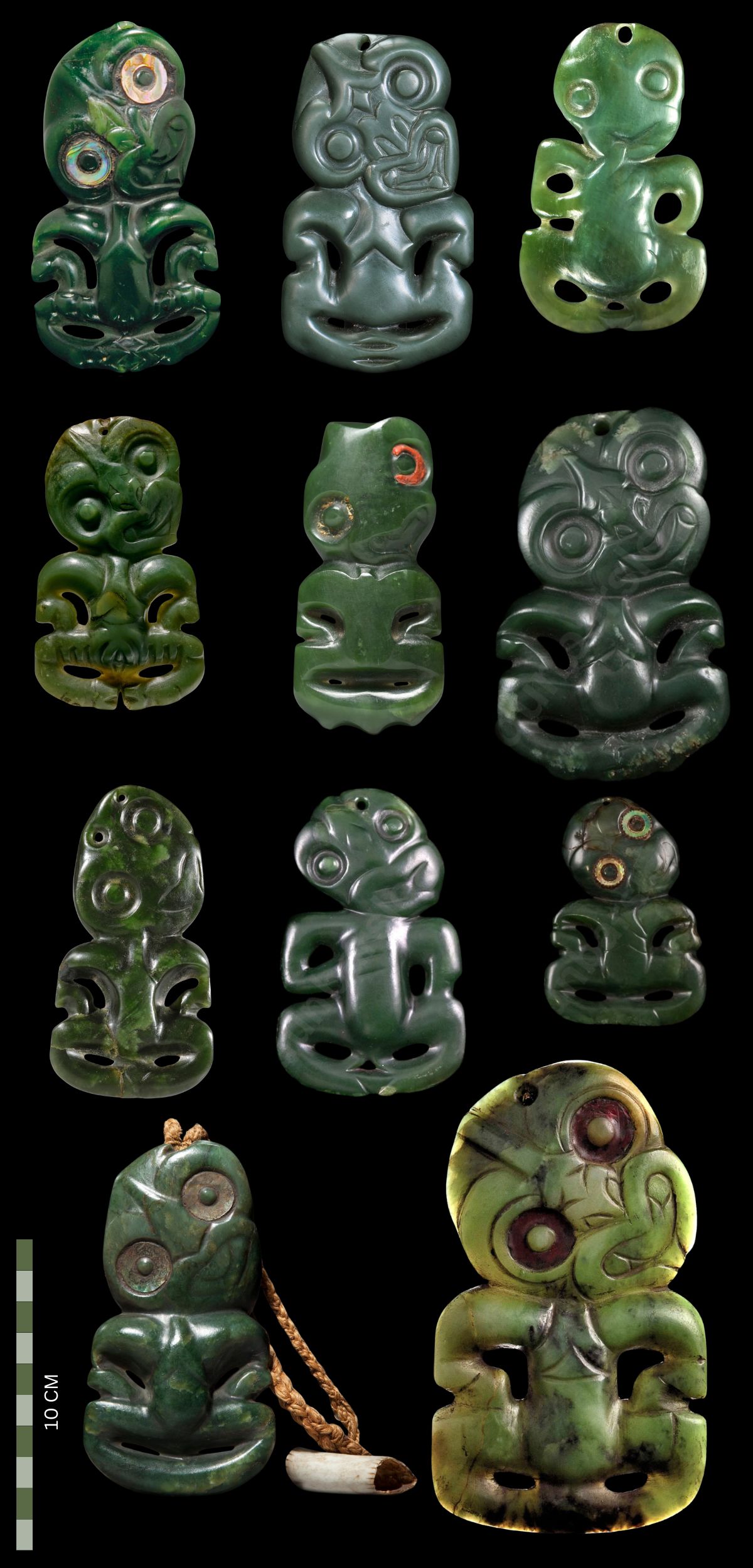
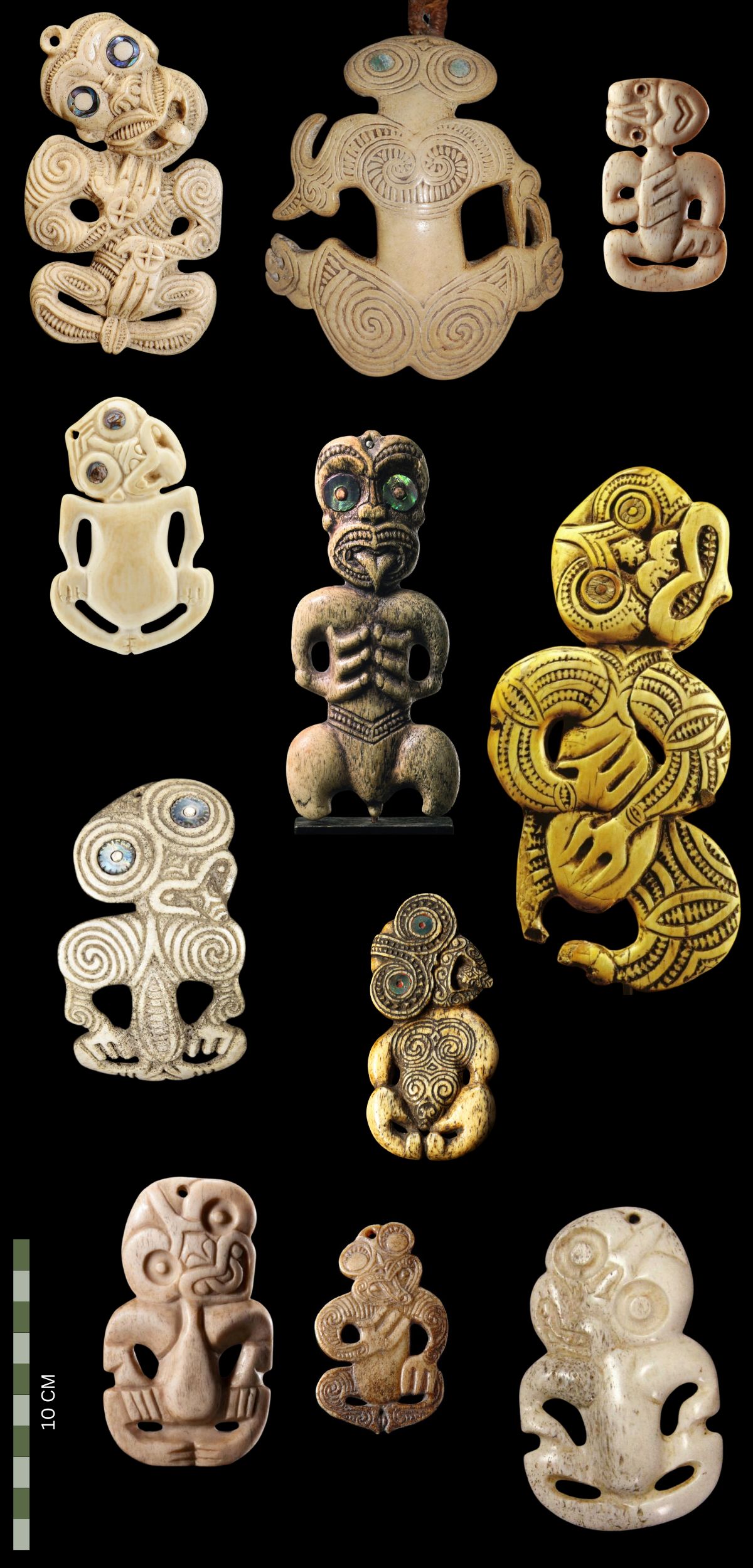
Maori Bone Hei Tiki
Bone Hei tiki are made from Whalebone and Human Bone and were created sfter the 1850’s. It is likely that these hei Tiki were made for sale to travellers or to replace Hei Tiki. They are collectable but are not worth nearly as much as pounamu jade tiki from the same period.
All images in this article are for educational purposes only.
This site may contain copyrighted material the use of which was not specified by the copyright owner.